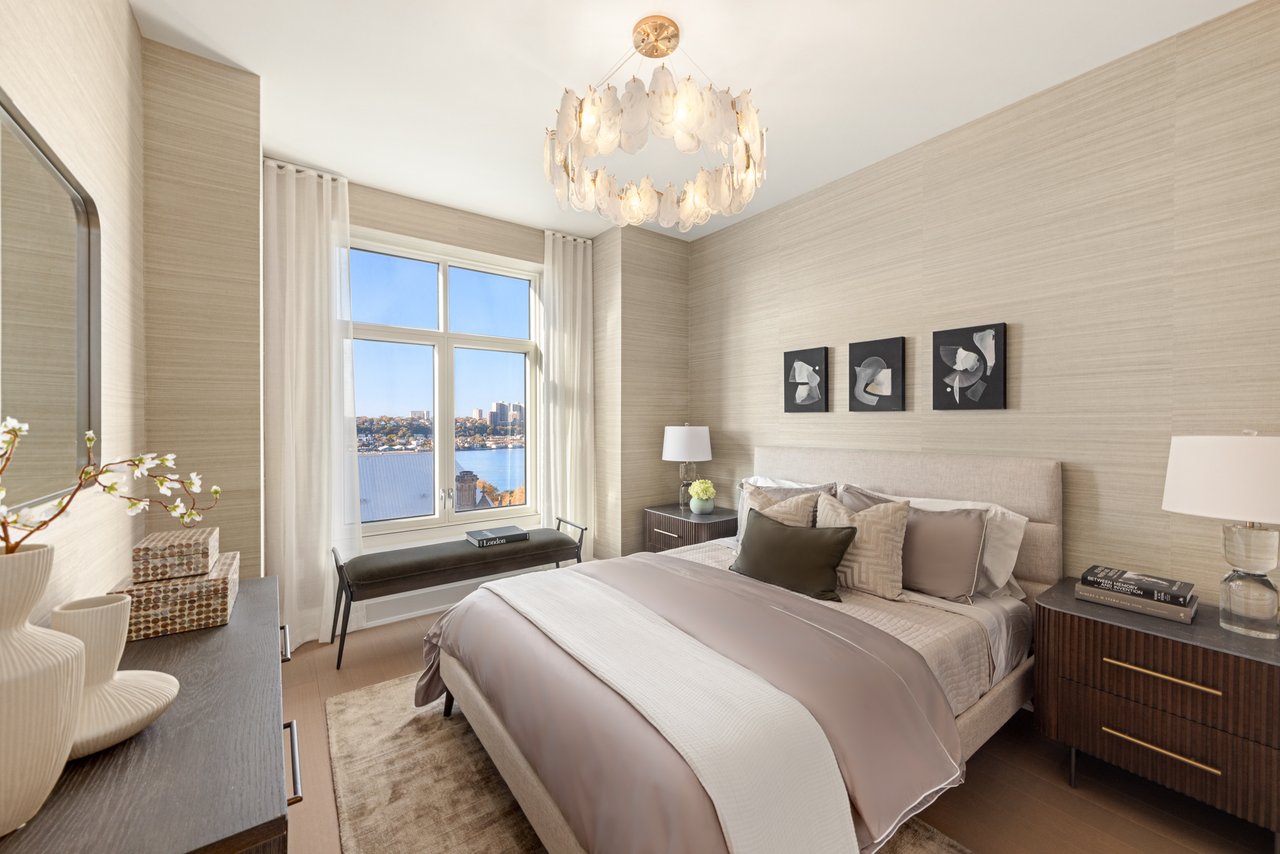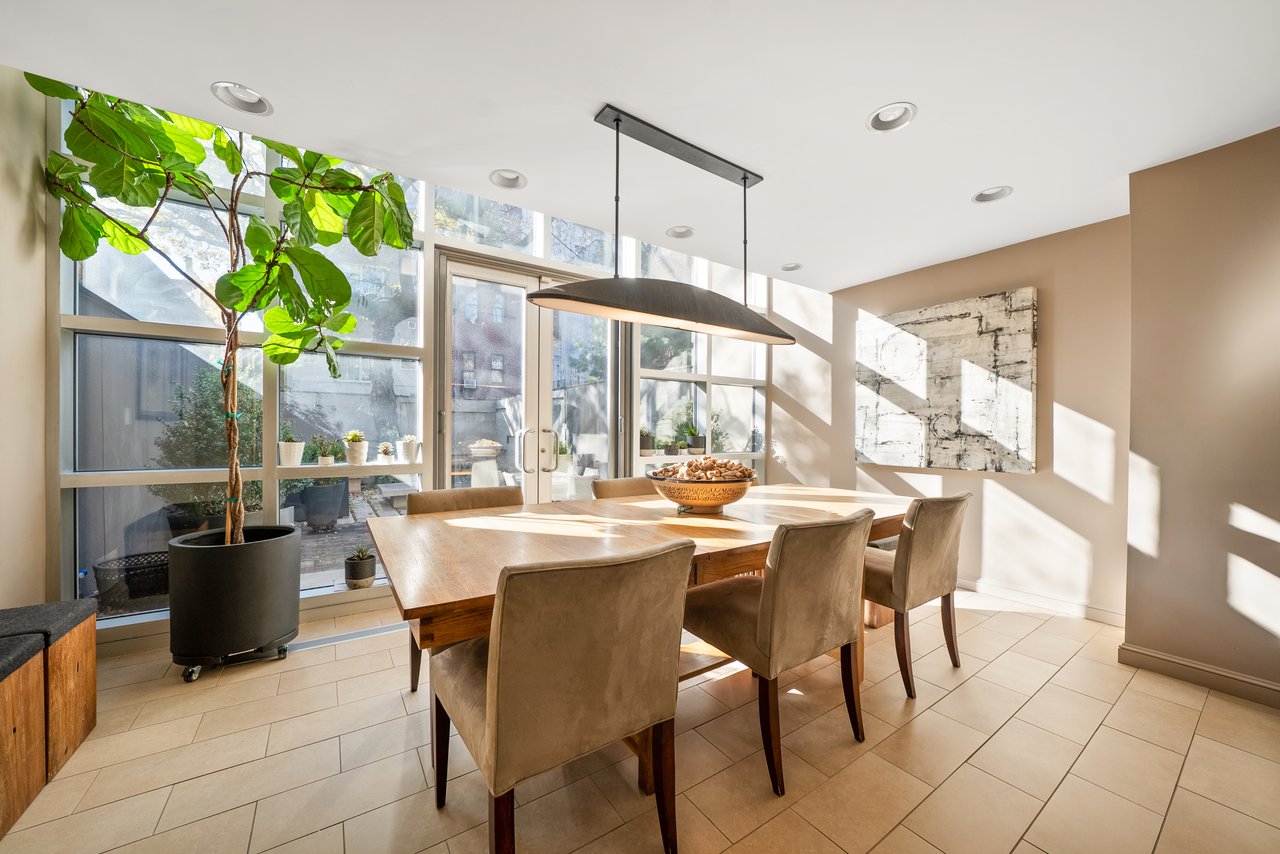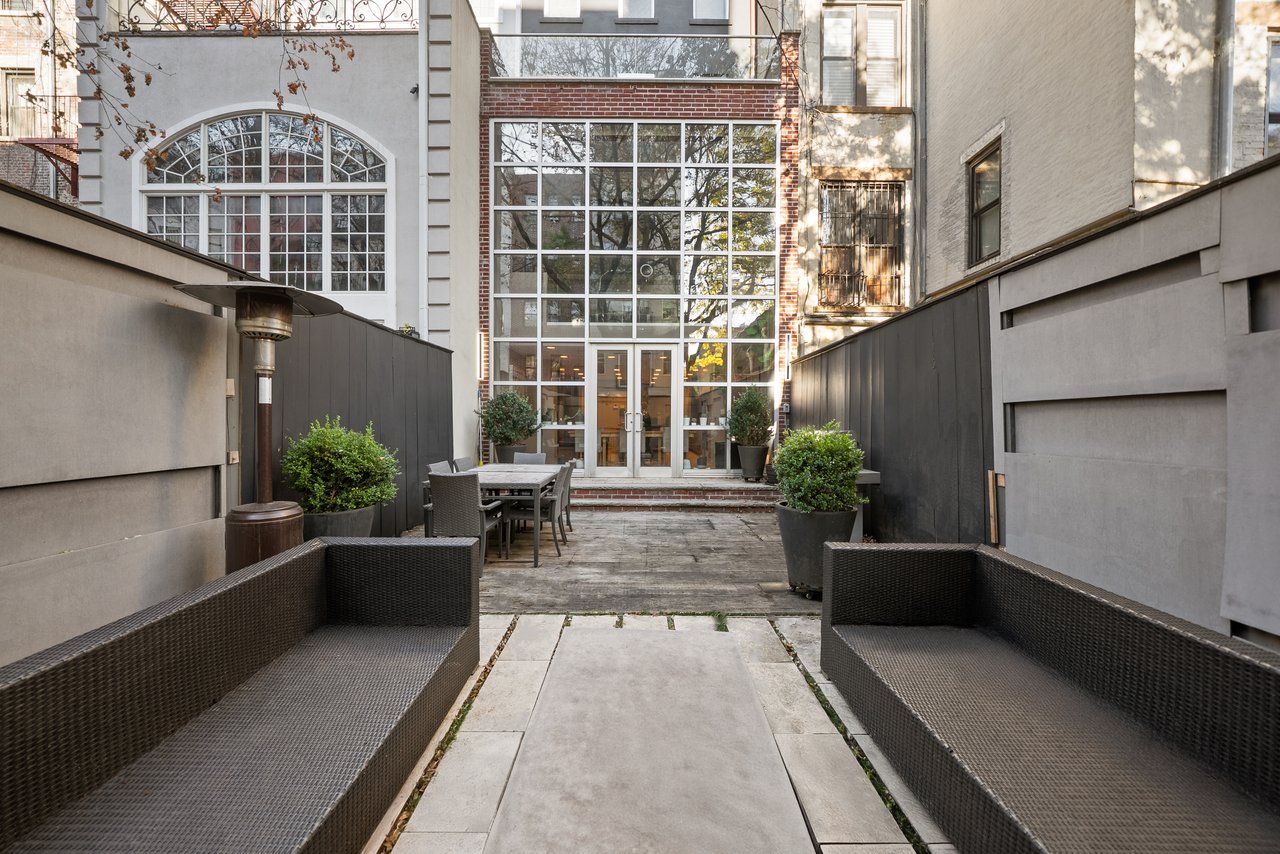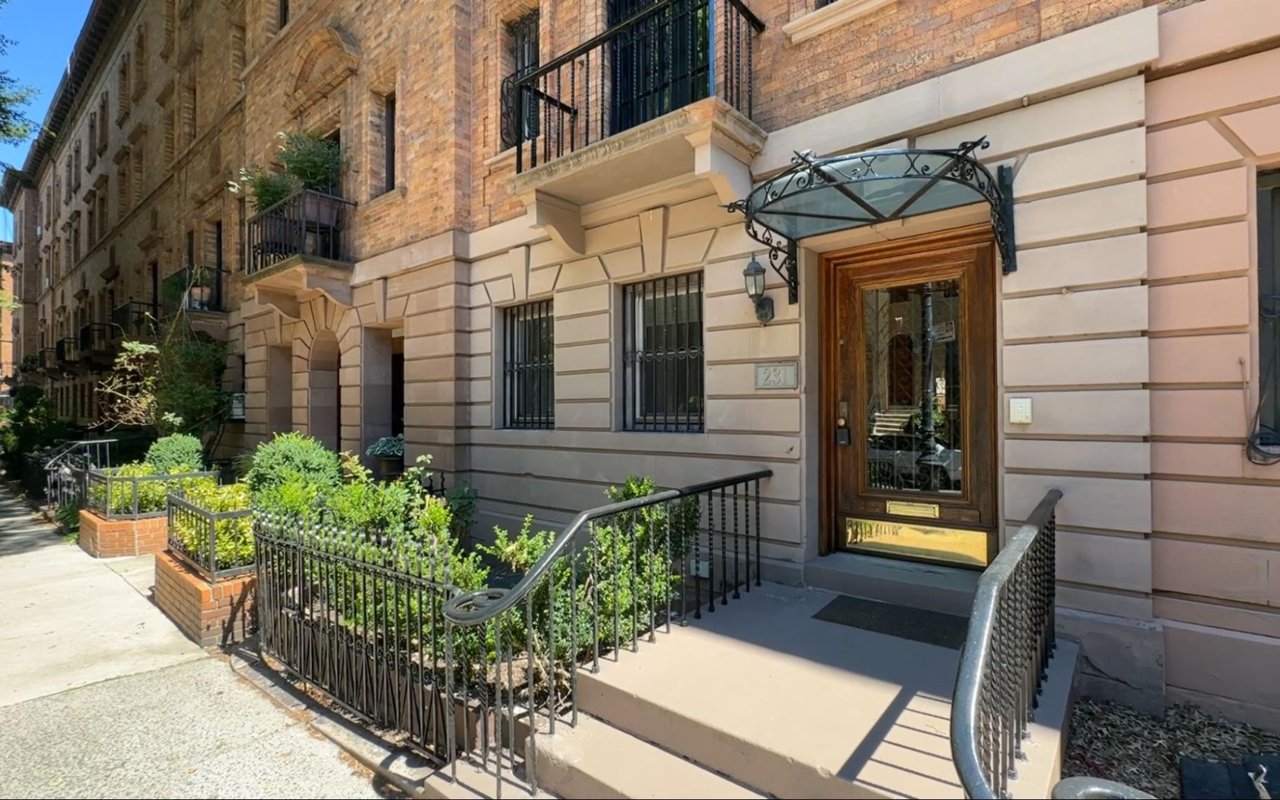Countless times I’ve heard potential buyers insist that a room is a bedroom if it has a closet. It’s one of the most common myths in New York City real estate—that a closet defines a bedroom. In reality, the law says nothing about closets.
A legal bedroom is defined by specific requirements set by the NYC Housing Maintenance Code and the Department of Buildings (DOB). The rules are stricter—and sometimes more surprising—than many buyers, sellers, and even agents realize.
Understanding what makes a bedroom legal isn’t just trivia. It’s essential for accurate marketing, protecting buyers, and avoiding expensive headaches for sellers. Whether you’re looking to buy, sell, or simply understand your home better, knowing the rules will help you navigate the market with confidence.
Why This Matters
In NYC, misrepresenting a bedroom count can lead to more than disappointed buyers—it can create legal liability, derail deals, and damage reputations.
A famous lawsuit in 2007 highlighted the risks. A couple sued fashion designer Cynthia Rowley over the sale of her 3,000-square-foot loft. Two of the bedrooms relied on lot line windows, which could legally be bricked up if a neighboring building were constructed. The buyers argued they had purchased a three-bedroom, but now could only market it as a one-bedroom, significantly reducing its value.
Do people really lose lot line windows? Unfortunately, yes—it happens frequently. One of my sellers recently went through this exact experience, a stark reminder that what looks like a bedroom on paper doesn’t always meet the legal definition.
Accurate bedroom counts also directly affect value. A true two-bedroom will command a meaningful premium over a one-bedroom with a home office. Overstating the count not only misleads buyers but can also open the door to legal disputes, especially if discrepancies are uncovered during due diligence.
This is why experienced agents always confirm details against official documents such as the offering plan or Certificate of Occupancy.
The Legal Criteria for a Bedroom in NYC
So, if a closet isn’t required, what is? According to NYC Housing Maintenance Code and DOB regulations, a room must meet the following criteria to be legally marketed as a bedroom:
Minimum Size
A legal bedroom must be at least 80 square feet and measure a minimum of 8 feet in width in any direction. A narrow “railroad” style room may technically add up to 80 square feet but still fail the test if it’s too narrow to function as a true bedroom.
Ceiling Height
Ceilings must generally be at least 8 feet high. In older or converted spaces, ceilings as low as 7 feet may be acceptable, but only if legally documented. Anything lower won’t qualify—for example, those Village lofts where the “sleeping area” has barely five feet of clearance.
Egress (Exit in Case of Emergency)
Every legal bedroom must have two ways out in an emergency. This typically means a door and a window that opens directly to the outside. A window into an air shaft won’t qualify.
I once represented a seller who had purchased a 1,700-square-foot loft. Because of its size, he created three bedrooms by adding walls, each with windows into the air shaft. We marketed it as a three-bedroom, but always disclosed—before showings and again in person—that it was not legally a three-bedroom. That level of transparency is crucial.
Natural Light and Ventilation
Windows must also provide natural light equal to at least 10% of the room’s floor area and ventilation equal to 5%. For example, a 100-square-foot room requires a window at least 10 square feet in size and able to open for airflow. Importantly, lot line windows—those facing a neighboring property’s wall—do not count, since they can legally be closed off.
Privacy
A legal bedroom must be accessible without walking through another bedroom and must have a proper door. Pass-through rooms, while common in some pre-war railroad apartments, generally do not meet this standard.
Legal Use
Finally, the Certificate of Occupancy must support the bedroom count. If an apartment is legally classified as a one-bedroom, adding a wall doesn’t make it a legal two-bedroom unless the proper filings are made—and even then, disclosures are key.
Common Bedroom Myths and Misconceptions
Even seasoned New Yorkers can get this wrong. A few myths to watch out for:
-
“If it fits a bed, it’s a bedroom.”
Not true. Without legal egress and proper light and ventilation, it’s just a bonus room or office. -
“If it’s labeled on the floorplan, it’s legal.”
Floorplans are often outdated or created for marketing purposes rather than compliance. -
“You can just call the den a bedroom to get a better price.”
Misrepresentation can backfire—buyers may walk away, renegotiate, or even sue if they feel misled.
Final Thoughts
In the fast-paced world of NYC real estate, accuracy and communication are everything. Whether it’s a downtown condo in the Financial District or a pre-war co-op uptown, knowing what constitutes a legal bedroom protects everyone—buyers, sellers, agents, and attorneys alike.
An agent’s role isn’t just opening doors—it’s bringing clarity and protecting clients from legal and financial risk. By cross-checking records, verifying layouts, and understanding city code, a good agent ensures you get exactly what you think you’re buying—or selling.
In the end, a bedroom without a closet can be perfectly legal. But a “bedroom” without the right size, egress, light, ventilation, privacy, and legal designation? That’s not a bedroom—it’s a liability.




